- Solar battery market growth and adoption statistics
- Technical specifications and performance metrics comparison
- Leading manufacturers and product differentiation
- Capacity calculation methods for custom installations
- Regional solution variations across climates
- Real-world residential implementation case studies
- Operational insights and optimization strategies
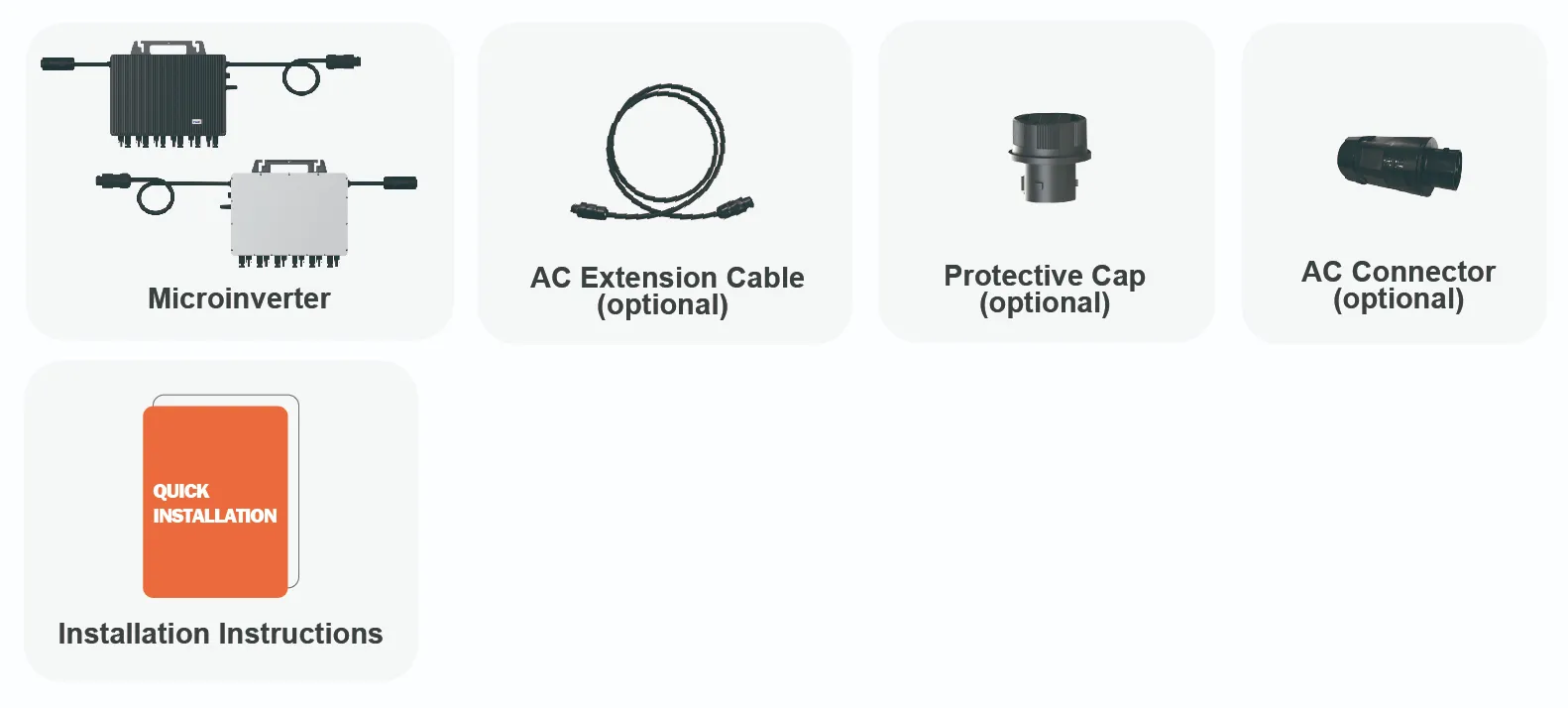
(solar batteries for home solar systems)
Understanding Solar Batteries for Home Solar Systems
Home storage battery systems represent the cornerstone of energy independence for modern households. These sophisticated units capture surplus solar energy during daylight hours for consumption during nighttime or grid outages. Unlike basic power banks, residential solar batteries integrate sophisticated battery management systems that monitor temperature, charge cycles, and discharge rates.
Modern solar batteries for the home employ either lithium-ion or lead-acid chemistries, each with distinct advantages. Lithium iron phosphate (LFP) variants dominate new installations due to superior energy density and cycle life. A typical residential system includes not just battery cells but critical balance-of-system components: inverters that convert DC to AC power, charge controllers regulating energy flow, and advanced monitoring interfaces accessible via mobile applications.
Market Expansion Statistics
Residential energy storage installations surged by 198% globally during 2022 alone, with projections indicating a 500% cumulative increase by 2028. This growth correlates directly with rising grid instability concerns and decreasing technology costs—battery pack prices have dropped 89% since 2010. Current penetration rates show particular strength in specific markets:
- Australia: 43% of solar-equipped homes include batteries
- Germany: 31% adoption rate driven by feed-in tariff reductions
- California: 28% of new solar installations integrate storage
Tax incentives dramatically influence adoption curves. The U.S. Investment Tax Credit covers 30% of battery costs when paired with solar, while Italy's Ecobonus scheme offers 110% deductions. These governmental supports reduce payback periods from 12+ years to under 8 years in optimal scenarios. Industry analysts confirm batteries enhance overall solar ROI by 22-35% through increased self-consumption.
Technical Comparison and Battery Chemistry
Performance differentiation emerges clearly when examining technical specifications. Lithium nickel manganese cobalt oxide (NMC) batteries deliver higher discharge rates suitable for whole-home backup, while LFP chemistry provides enhanced thermal stability for garage installations. Depth of discharge thresholds determine actual usable capacity—lead-acid batteries typically permit only 50% discharge versus 90% for premium lithium alternatives.
The round-trip efficiency metric remains crucial; modern lithium systems achieve 92-95% efficiency compared to 80-85% for lead-acid. Advanced features include modular scalability allowing homeowners to add 2-5kWh increments as budgets allow. Temperature operating ranges also vary significantly—some lithium batteries function at -4°F to 122°F without performance degradation.
| Manufacturer |
Model |
Usable Capacity |
Cycle Life |
Warranty Period |
Cost per kWh |
| Tesla |
Powerwall 2 |
13.5kWh |
6,000 cycles |
10 years |
$820 |
| LG Chem |
RESU Prime |
16.0kWh |
7,000 cycles |
10 years |
$780 |
| Sonnen |
Eco 15 |
15.0kWh |
10,000 cycles |
15 years |
$1,120 |
| Enphase |
Encharge 10 |
10.1kWh |
6,000 cycles |
10 years |
$940 |
Installation time and complexity further distinguish solutions. AC-coupled systems like those from Tesla integrate easily with existing solar installations—typically requiring under 8 hours for qualified installers. DC-coupled alternatives like Generac PWRcell demand panel upgrades in 72% of cases but achieve higher efficiency. New entrants like FranklinWH provide flexible installation configurations, with batteries distributed across multiple locations.
Customized Capacity Sizing
Accurate sizing requires analyzing historical energy consumption patterns paired with solar production data. Essential equipment includes:
- Energy meters logging hourly consumption
- PV production simulation software
- Critical loads analysis worksheets
Standard sizing methodology calculates required battery capacity as: Daily kWh consumption × Days of autonomy desired × 1.2 (safety margin). For example, a home using 25kWh daily desiring three days of backup requires 90kWh nominal capacity. Considering lithium batteries' 90% depth of discharge, the actual installed capacity should be 100kWh. Professionals add contingency for compressor-based appliances with high startup currents, typically adding 0.8kWh per HVAC unit.
Regional Implementation Strategies
Geographic and architectural factors necessitate tailored approaches. Freezing climates mandate interior installations or battery heaters—Tesla Powerwall incorporates self-warming technology activating at 41°F. Tropical environments prioritize ventilation and humidity control, with 20% derating recommended for battery capacity when temperatures exceed 95°F. Building codes dictate placement restrictions; California requires 3-foot clearance from windows in garage installations.
Roof orientation impacts system design. East-west roof configurations deliver more balanced production that better matches consumption patterns than south-facing arrays, reducing required battery capacity by approximately 18%. Smart home integrations enable sophisticated load shifting strategies:
- Pre-cooling homes during peak solar production
- Delaying EV charging until battery replenishment completes
- Coordinating pool pump operation with excess generation
Residential Deployment Case Studies
Arizona Case: The Johnson residence near Phoenix integrated three Tesla Powerwalls with their existing 14kW solar array. During summer 2023, this configuration powered their entire 2,800 sq ft home through 13 consecutive grid outage days with 93% self-sufficiency. Battery replenishment averaged 4.2 hours daily despite peak temperatures exceeding 112°F. Energy cost savings totaled $1,780 during the first operational year.
German Case: Outside Hamburg, the Müller family paired sonnenBatterie Evo with a ground-mount solar tracker. Winter performance metrics showed remarkable resilience—snow accumulation reduced solar production by 63%, but frequency regulation services provided income that offset energy purchases. The system maintained home power through a 58-hour grid failure during freezing temperatures.
Operational Parameters for Home Storage Battery Systems
Establishing appropriate cycling routines prolongs battery lifespan significantly. Industry best practices include setting discharge maximums to 85% daily for lithium chemistries to preserve cell integrity. Calendar aging remains unavoidable; all batteries degrade approximately 2.5% annually regardless of cycling patterns. Remote diagnostics via manufacturer portals detect emerging issues; 82% of warranty claims result from firmware conflicts resolvable without service visits.
Maintenance obligations vary considerably. Flooded lead-acid batteries require quarterly electrolyte checks while sealed AGM batteries need only annual terminal cleaning. Lithium solutions demand minimal upkeep beyond ensuring unblocked ventilation paths. Performance optimization strategies include:
- Quarterly recalibration of battery management systems
- Seasonal adjustment of charging voltage thresholds
- Updating firmware within 30 days of manufacturer releases
Professional battery testing every 24 months verifies actual capacity retention. Industry data indicates premium home storage battery systems average 92% capacity after 10 years when properly maintained. Final battery replacement decisions should occur when remaining capacity falls below 70% of rated output.

(solar batteries for home solar systems)
FAQS on solar batteries for home solar systems
Q: What are solar batteries for home solar systems?
A: Solar batteries store excess electricity generated by home solar panels for later use, like at night or during power outages. They enable energy independence by reducing reliance on the grid. Common types include lithium-ion and lead-acid batteries designed for residential setups.
Q: Why install home storage battery systems with solar panels?
A: Home storage battery systems maximize solar energy usage, cutting electricity bills by utilizing stored power during peak tariff periods. They provide crucial backup during grid outages and improve sustainability through efficient renewable energy management.
Q: How long do solar batteries for the home typically last?
A: Most residential solar batteries last 10-15 years, depending on the technology (e.g., lithium-ion outlasts lead-acid). Lifespan depends on usage cycles, depth of discharge, and environmental conditions. Manufacturers usually offer 10-year warranties covering performance guarantees.
Q: What factors affect the cost of solar batteries for home solar systems?
A: Costs are influenced by battery capacity (kWh), technology type (lithium-ion is pricier than lead-acid), and brand reputation. Installation complexity and additional components like inverters also impact pricing. Incentives like tax credits can significantly reduce upfront expenses.
Q: Can solar batteries for the home power appliances during a blackout?
A: Yes, home solar batteries automatically supply backup power to critical appliances during grid failures. Capacity determines runtime (e.g., 10 kWh might power lights/fridge for 8-12 hours). Pairing with solar panels extends operation indefinitely in sunny conditions.
 LEARN DETAILS
LEARN DETAILS



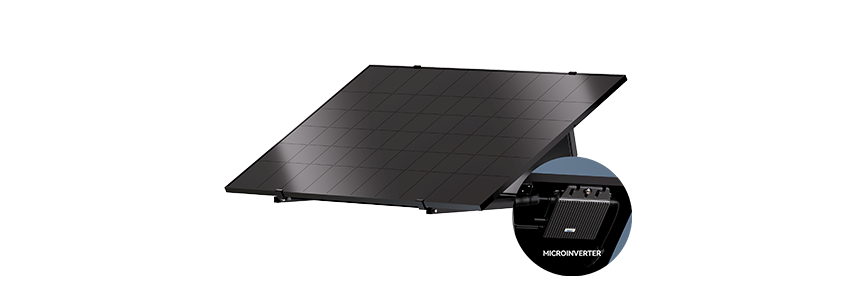
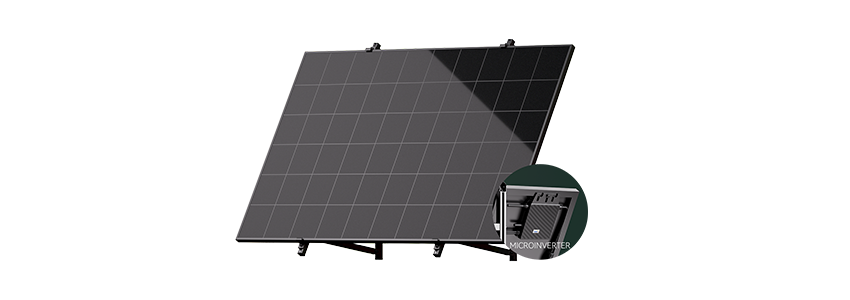
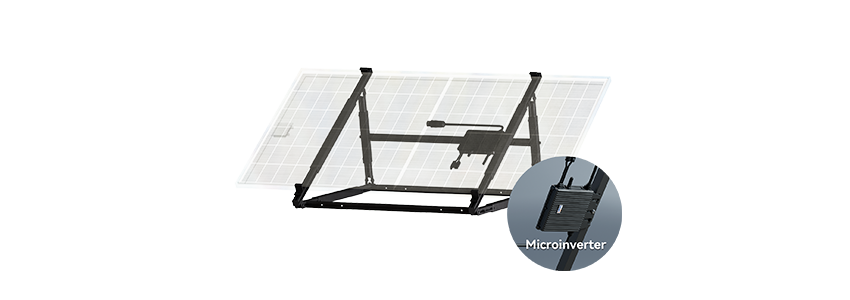
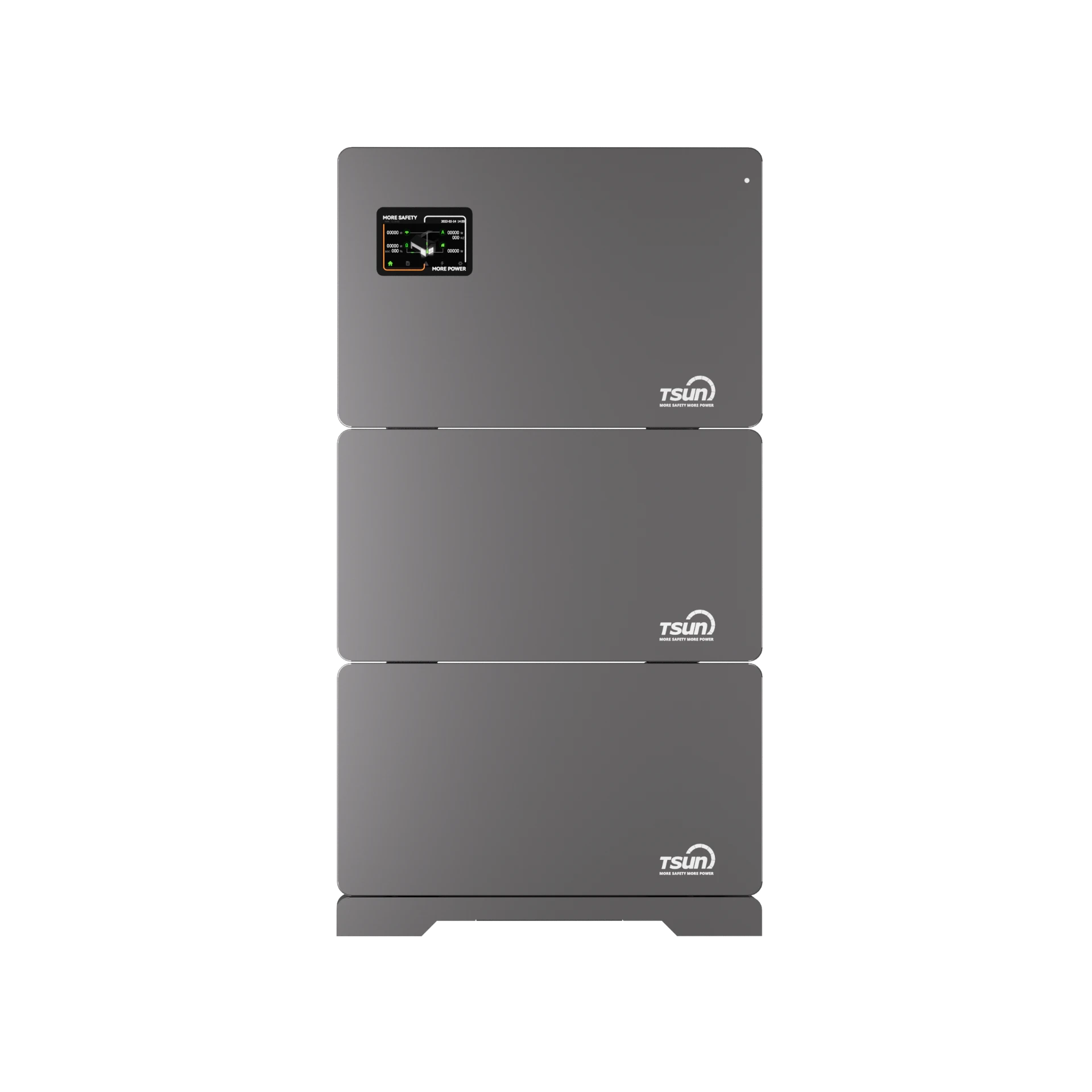




 LEARN DETAILS
LEARN DETAILS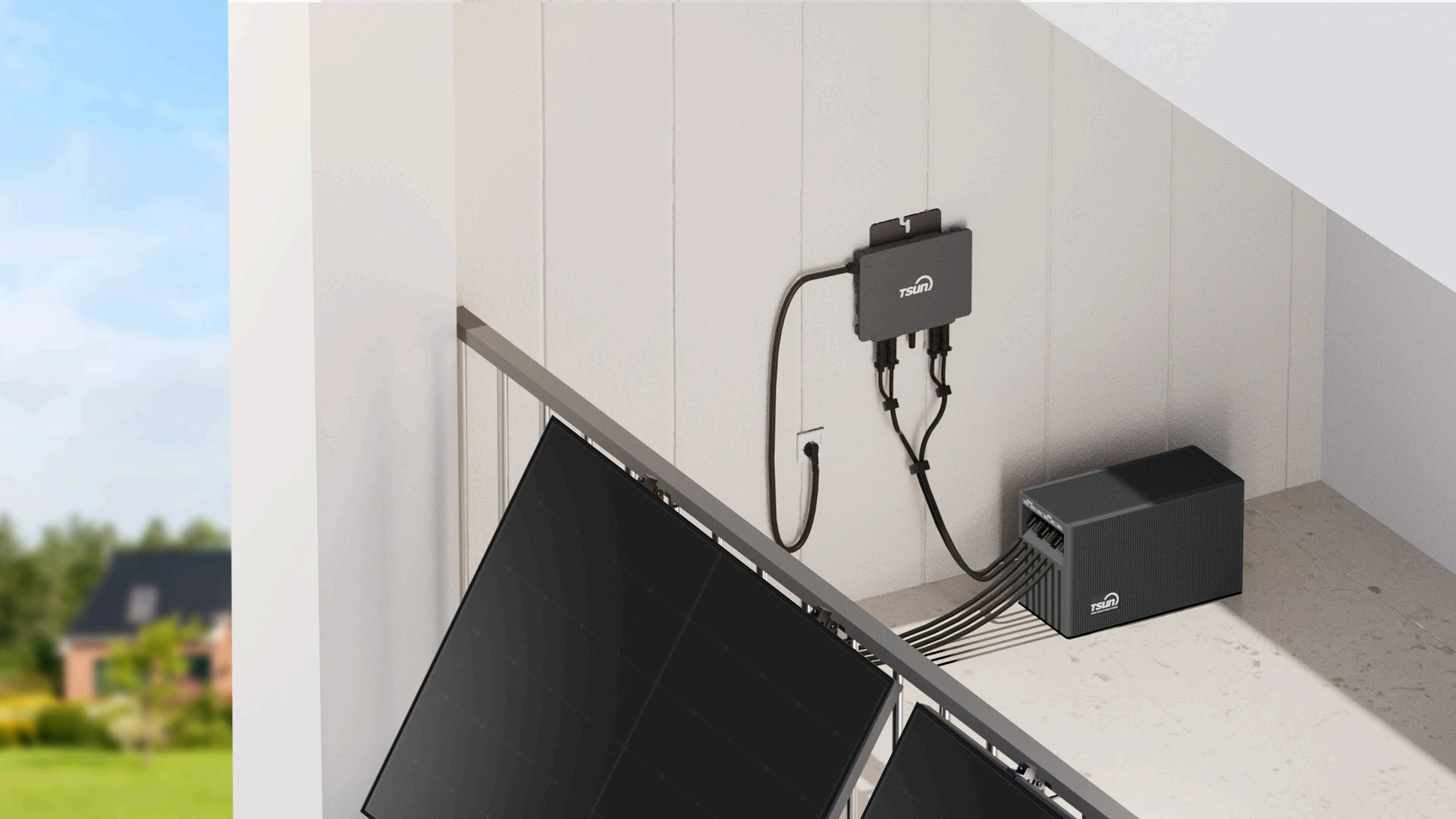
 LEARN DETAILS
LEARN DETAILS
 LEARN DETAILS
LEARN DETAILS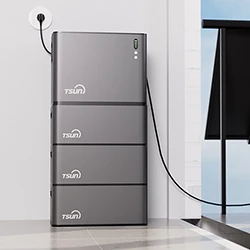
 LEARN DETAILS
LEARN DETAILS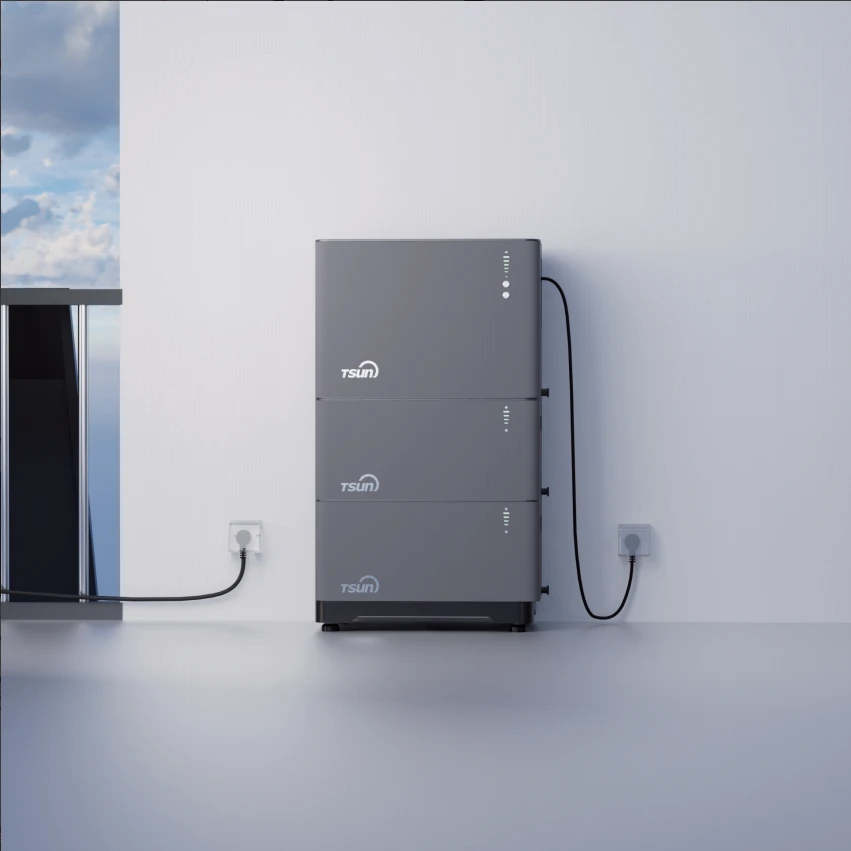
 LEARN DETAILS
LEARN DETAILS

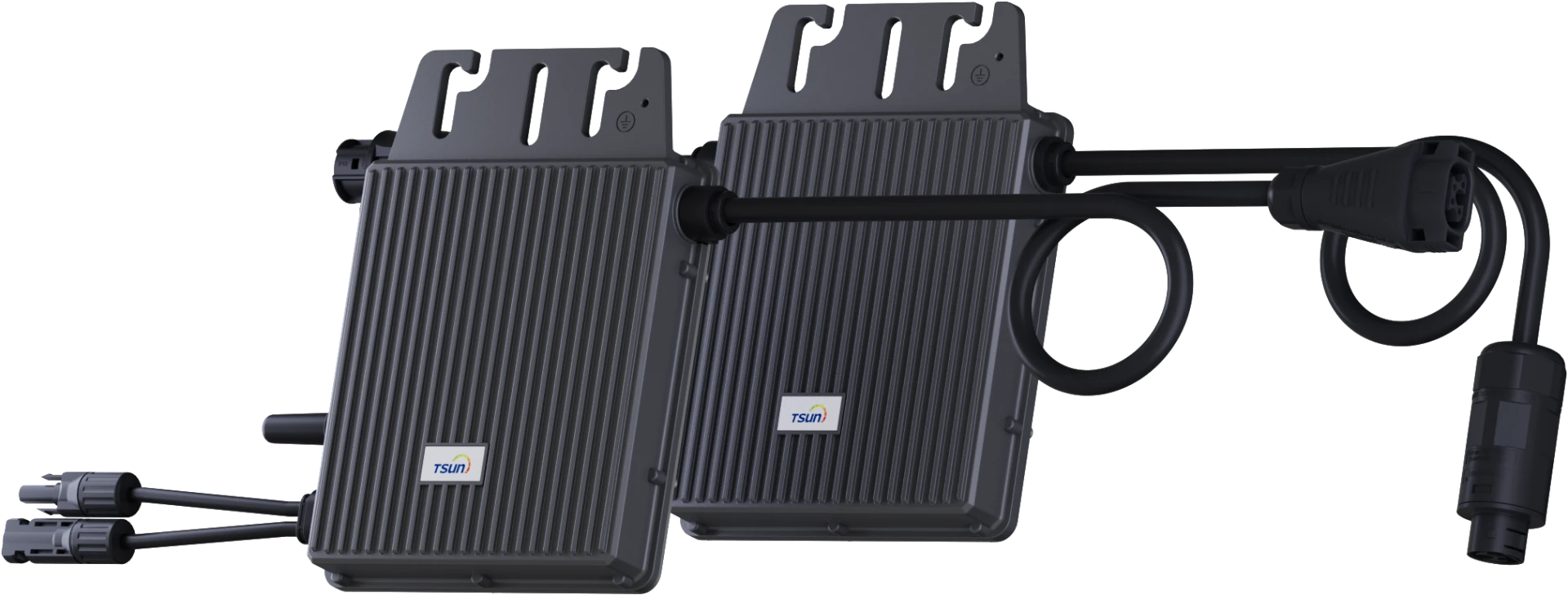

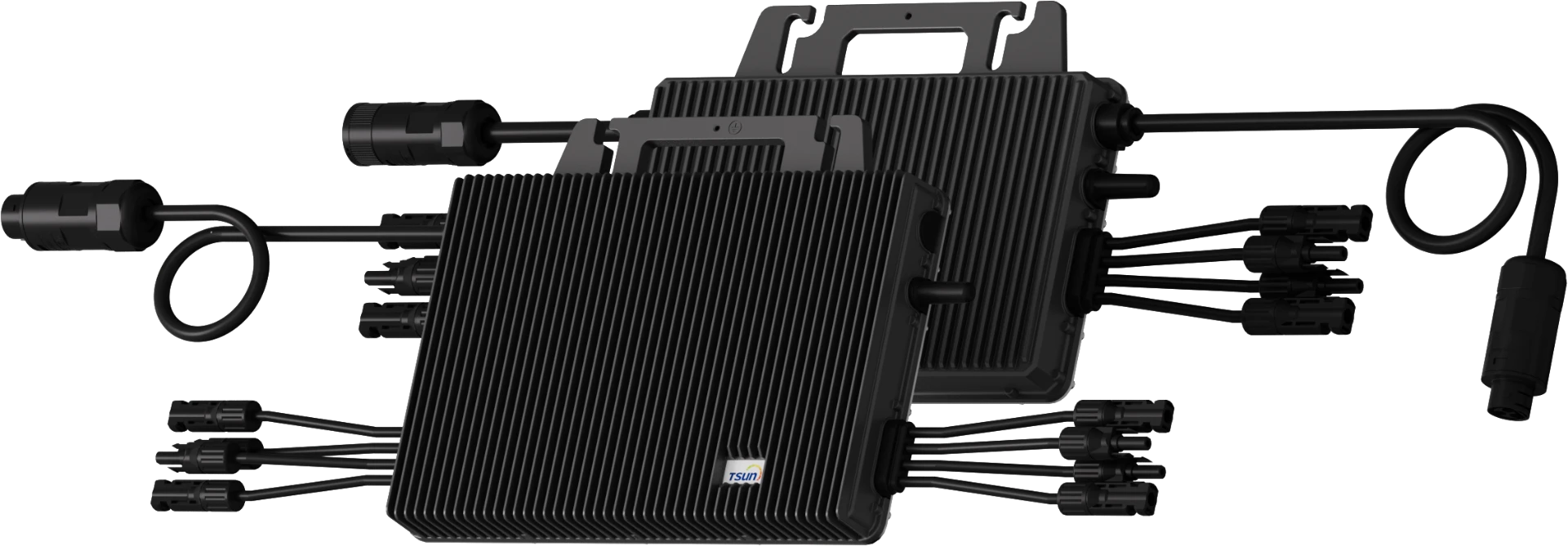
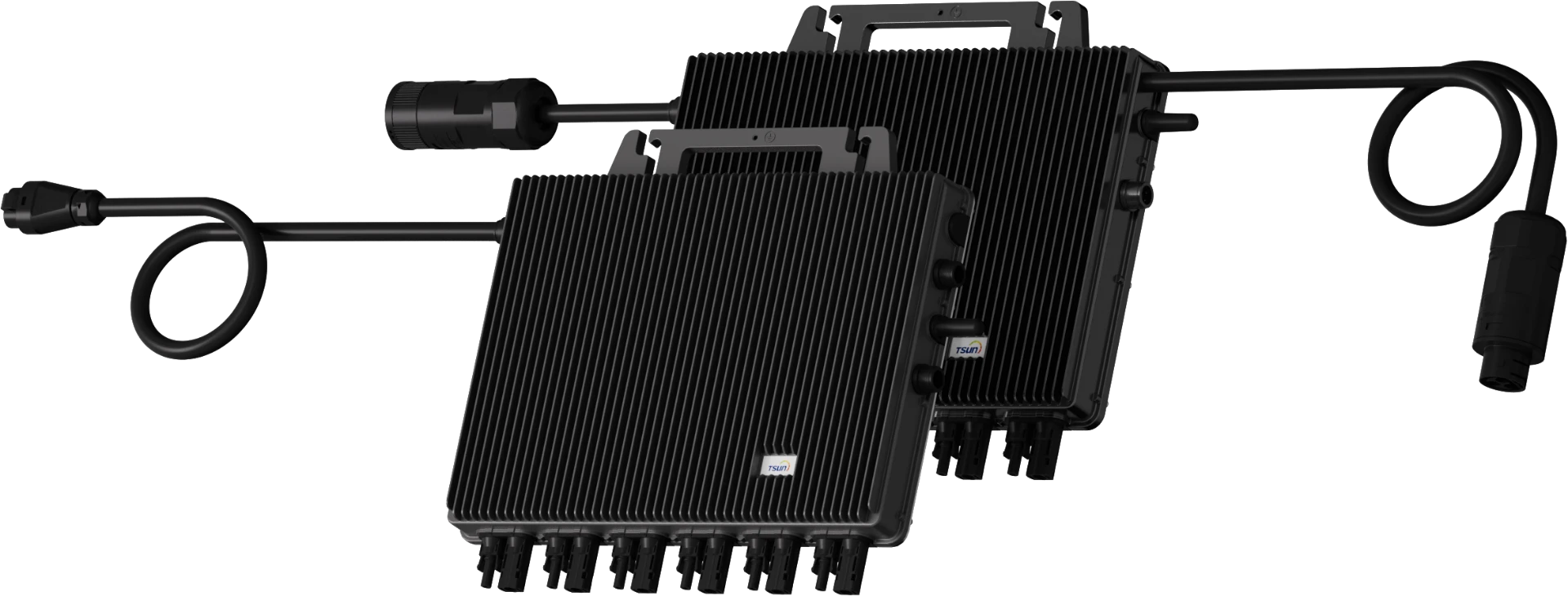
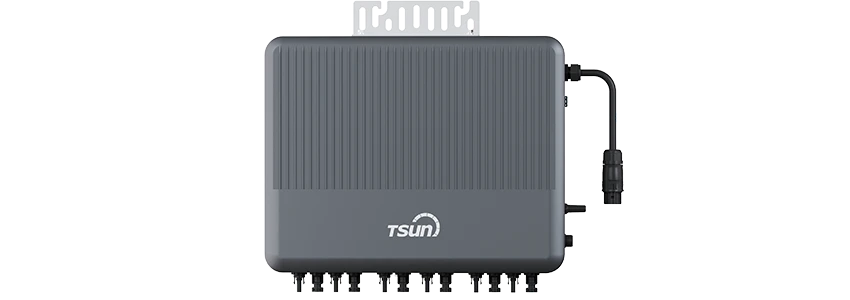
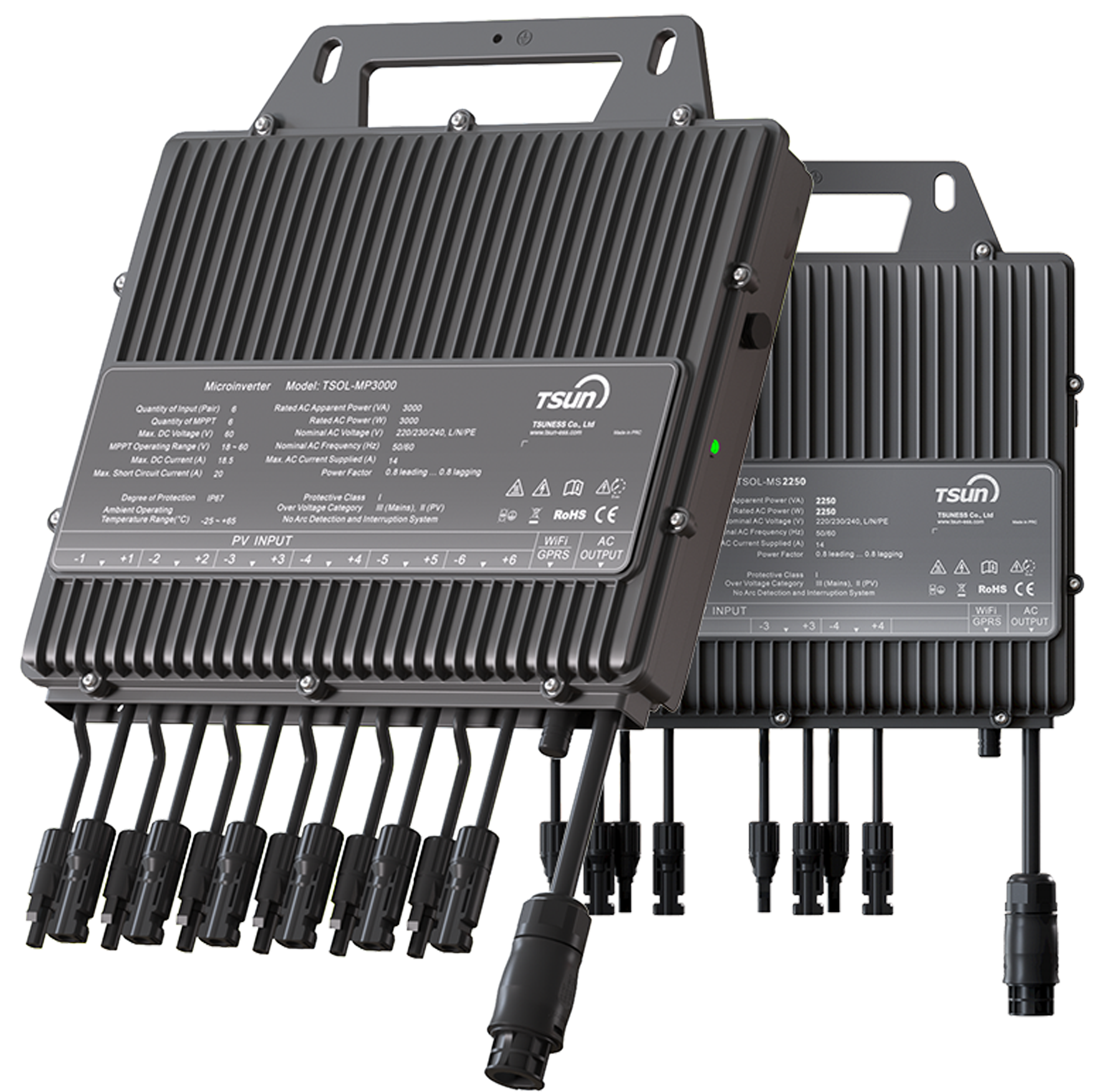

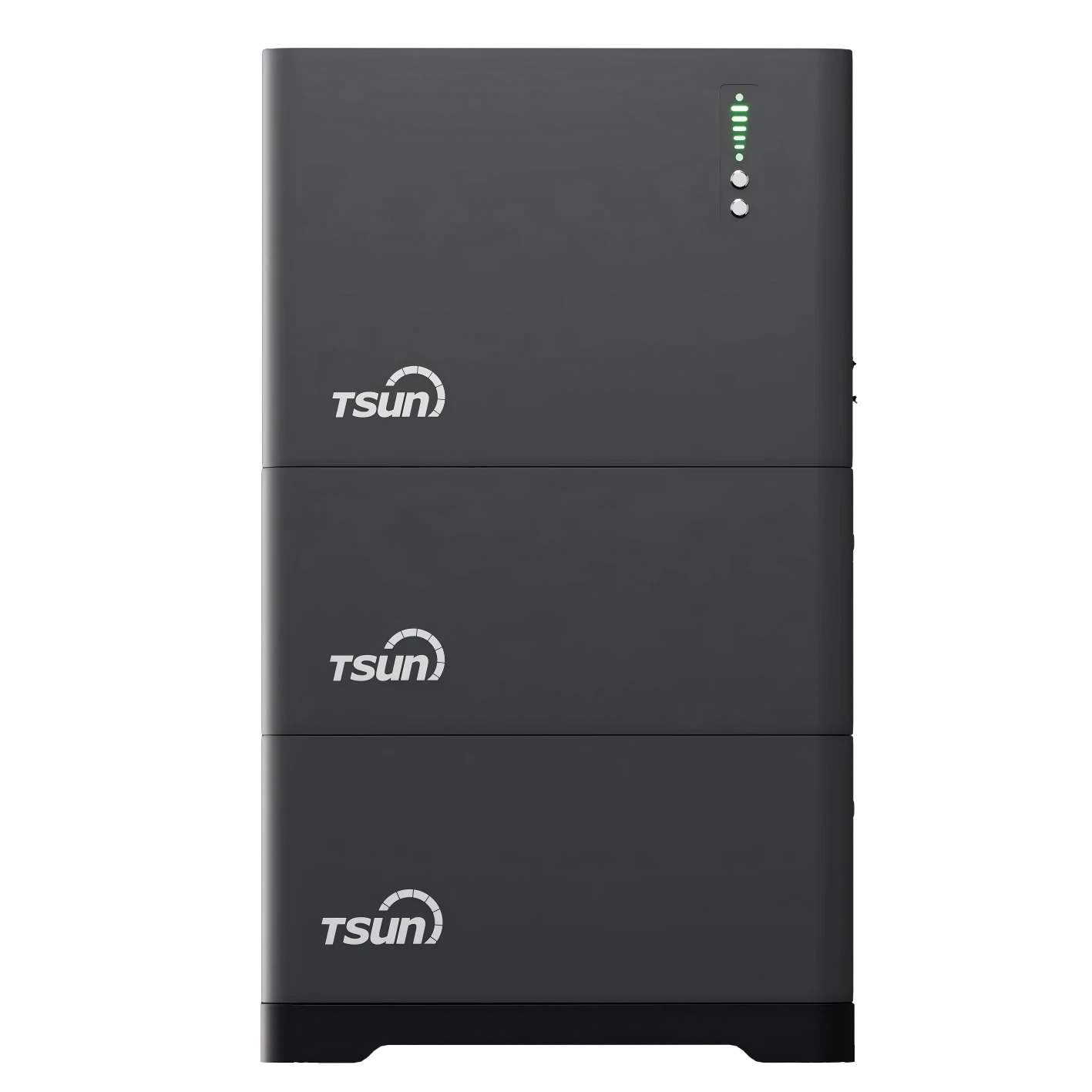
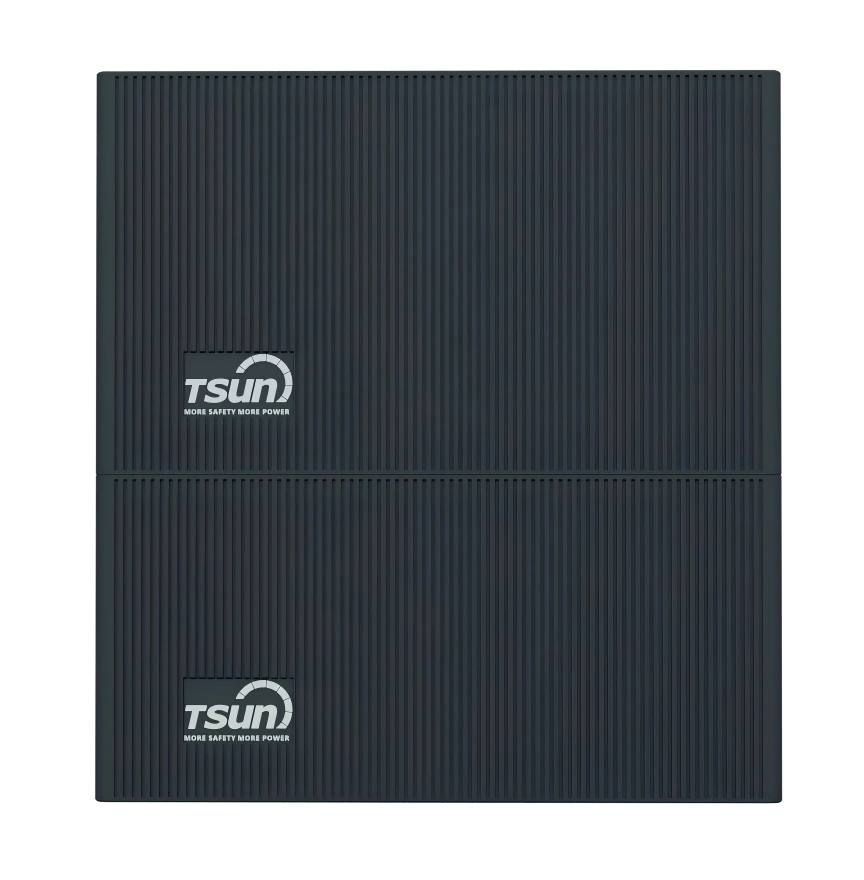



 Downloads
Downloads Video Center
Video Center Report Fault for Repair
Report Fault for Repair FAQS
FAQS Service Network
Service Network Privacy Policy
Privacy Policy Contact us
Contact us Monitoring
Monitoring




 LEARN MORE
LEARN MORE








